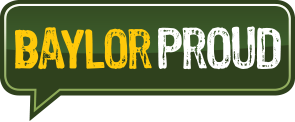Meet 8 Baylor women who blazed new trails in the sciences & engineering
When Baylor was chartered in 1845, it was one of the first coeducational colleges or universities west of the Mississippi River — about 10 years before any public institution of higher learning would introduce mixed-gender learning, and a full 75 years before American women were guaranteed the right to vote.
Since that groundbreaking beginning, countless women have come through the halls of Baylor before going on to do amazing things. It began with Mary Gentry Kavanaugh, who in 1855 became the first woman to earn a Baylor degree (just a year after the university’s first male graduate). Since then, a host of other Baylor women have played large parts in the university’s success.
Here’s a look at some Baylor Bears who have made lasting changes in the world of science — locally, nationally and internationally:
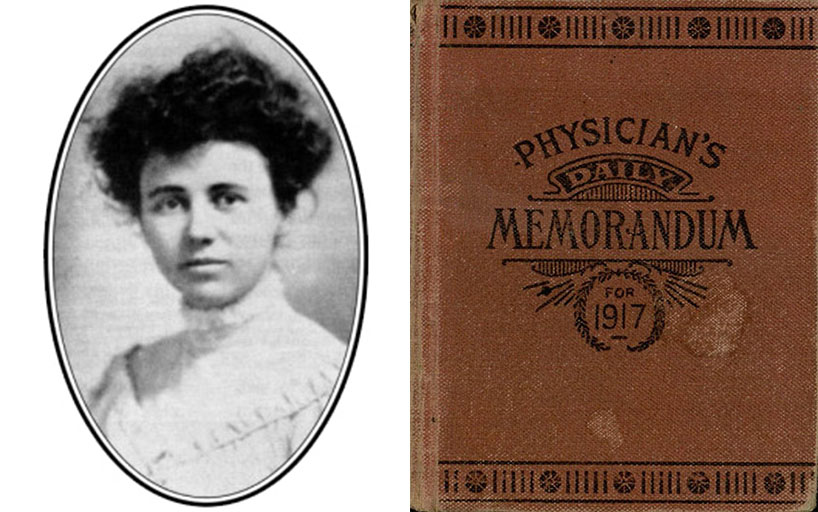
Dr. Harriet “Hallie” Earle (BA 1901, MS 1902) was Baylor College of Medicine’s first female graduate, and the first licensed female physician in Waco.
If her name sounds familiar, you’re probably thinking of Earle Hall — one of Baylor’s newest residence halls (and home to the Science & Health LLC), named in her honor. Born in 1880 in a log house in McLennan County, she came from a long line of physicians. While enrolled at Baylor, then-President Oscar H. Cooper praised her math skills as exceeding all other students; in fact, her 1902 M.S. degree thesis was included in the cornerstone of the newly erected Carroll Science Building. Earle opened her Waco office in 1915, treating both paying and non-paying patients until she retired in 1948. She built a private practice around women, assisted with medical examinations of female Baylor students, and was known as Waco’s weather watcher, following in her father’s footsteps of keeping records of Central Texas weather.

Leah Moncure (BA ’25) became Texas’ first female licensed professional engineer in 1938.
After graduating from Baylor as a double major in math and education, Moncure added a civil engineering degree from Texas and was hired by the Texas Highway Department (now TxDOT), where she would work for three decades. Moncure was not only the state’s first female licensed engineer; she was also the state’s only female engineer for almost 15 years. She was TxDOT’s first female engineer, and the first female National Society of Professional Engineers life member. Among her projects? What is now State Highway 6, a route countless Bears have taken between Houston and Waco over the years.
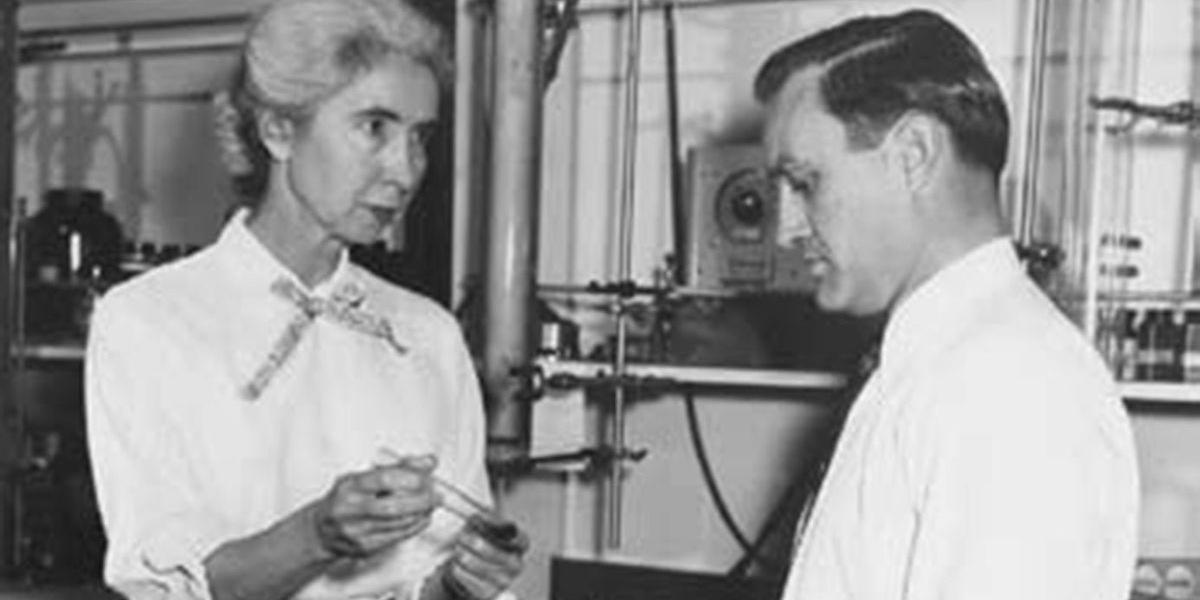
Allene Rosalind Jeanes (BA ’28) is a member of the National Inventors Hall of Fame for her part in developing an artificial blood plasma and xanthan gum.
Jeanes spent most of her career researching dextran, as she and her fellow researchers believed hospitals could use it to replace blood plasma, slowing bleeding and preventing countless deaths. She later developed a process for mass-producing xanthan gum, which keeps substances like oil and vinegar from separating and prevents ice crystals from forming. If you enjoy ice cream, salad dressing, toothpaste, or gluten-free baked goods — or have ever had to use medicine to slow bleeding — then you owe a word of thanks to this Baylor alumna.
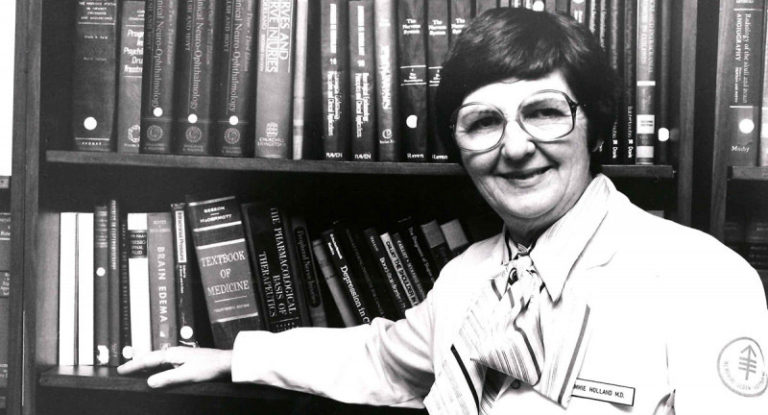
Dr. Jimmie Holland (BA ’48) was among the first to help cancer patients with both their emotional and physical needs.
Holland challenged what she called “the tyranny of positive thinking” regarding cancer. As a doctor at New York’s Memorial Sloan Kettering (MSK) Cancer Center in the mid 1970s, Holland pioneered the field of psycho-oncology, giving patients the liberty to explore how they felt about fighting for their life against disease. At MSK, she established the first full-time psychiatry service in a major cancer hospital and founded the American Psychosocial Oncology Society — just two of the incredible achievements for which she is remembered.
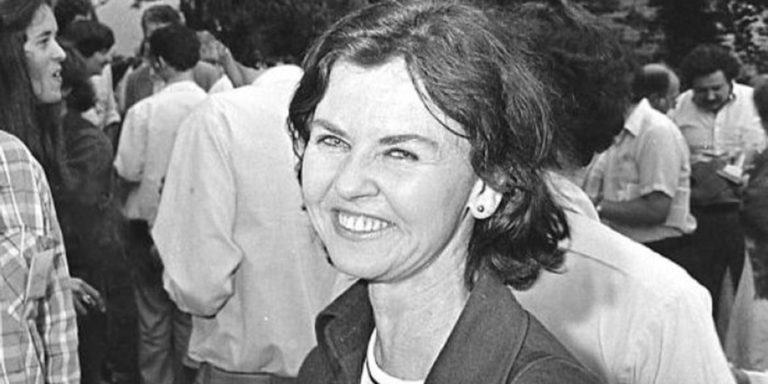
Dr. Beverly Griffin (BS ’51) broke incredible ground in cancer research.
At Baylor, Griffin majored in chemistry and was a member of Peers, the Burleson and Memorial house councils, the American Chemical Society, and Alpha Chi. After graduating and getting two doctoral degrees from Virginia and Cambridge, she was the first woman appointed to a professorship at a prestigious medical school. She then spent the majority of her career studying the Epstein-Barr virus, which causes a variety of cancers, at a time when no one knew about viral genes that could account for cancerous growth. Eventually, she became known as one of the top virologists in the world.

Dr. Helen Ligon essentially introduced computers to the Baylor campus in the early 1960s and developed Baylor’s first information systems courses.
Ligon joined the Baylor faculty in 1958 (back when computers took up an entire room) and served until she passed in 2003 (the same year iTunes and Blu-ray players made their debut). As the first person in computing at Baylor — and one of the first in the state — Ligon made many unique contributions to the field of information systems. In 1962, Carl and Thelma Casey gave the Hankamer School of Business an IBM 1620 computer, and Ligon was chosen to learn how to run the computer and then teach students in the computer field. Under her guidance, student workers wrote and ran programs using keypunch cards. For many Bears, Ligon was the one who first introduced them to computers. She was named Baylor’s “Most Popular Business Professor” an unprecedented six times, was awarded the Herbert H. Reynolds Award for outstanding dedication and service to Baylor in 1991, and was honored a year later as the namesake of the Helen H. Ligon Professorship in Information Systems.
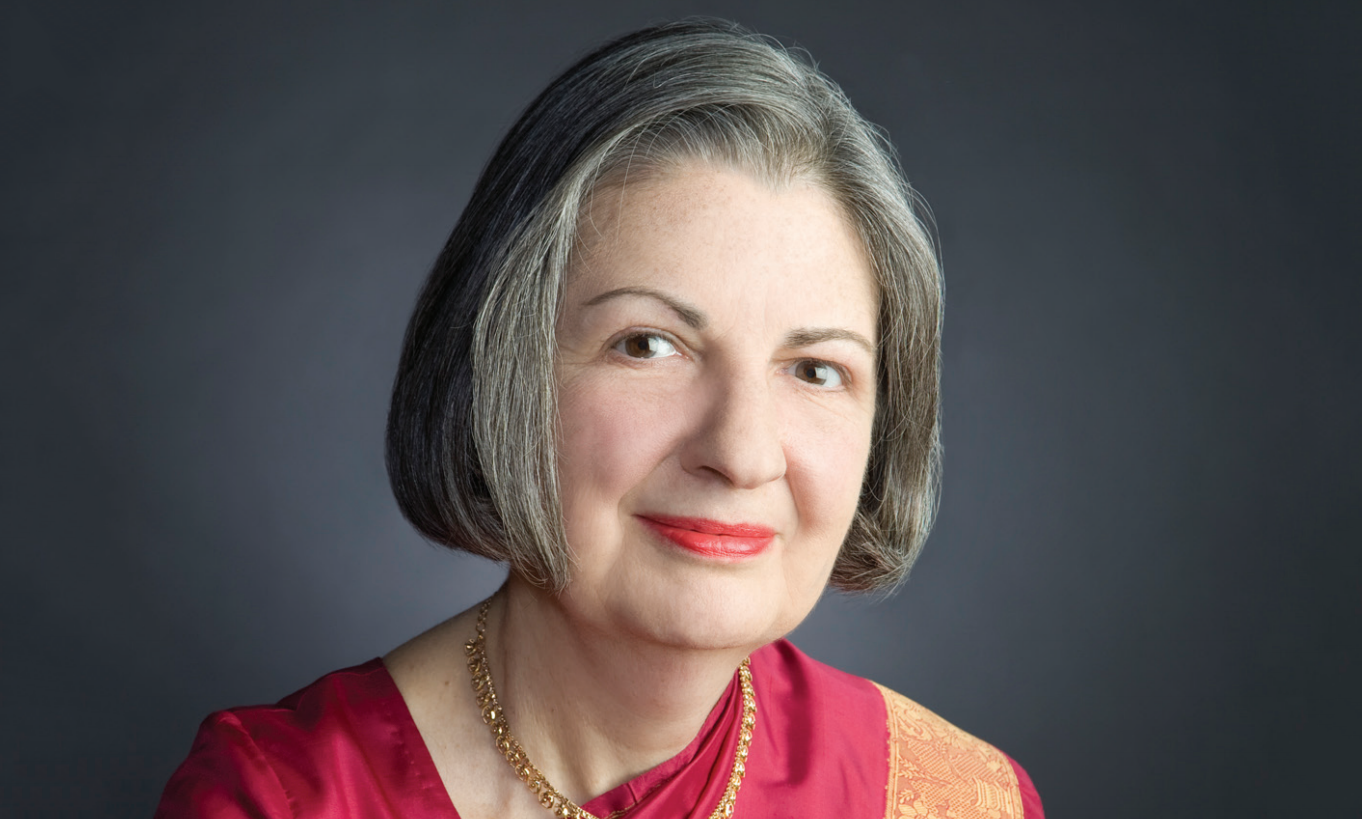
Dr. Rebekah Ann Naylor (BA ’64) spent three decades at Bangalore Baptist Hospital in India as a surgeon, chief of medical staff, administrator, and medical superintendent, until her retirement in 2009.
Named the outstanding premed student of the year, Naylor graduated from Baylor with a degree in chemistry. After getting her M.D. from Vanderbilt, she became the first female resident in general surgery at Southwestern Medical Center and Parkland Hospital in Dallas. In 1973, she was appointed by the Foreign (now International) Mission Board of the Southern Baptist Convention as a missionary to India. Arriving at the new Bangalore Baptist Hospital in early 1974, she launched a missionary career that included busy clinical practice, administrative responsibility, and teaching. In 1996, she established the Rebekah Ann Naylor School of Nursing, which has trained hundreds of nurses in India, most of whom came from a very poor socioeconomic background. Since returning to the U.S., Naylor has been a global health care consultant for Baptist Global Response and the International Mission Board and taught at UT Southwestern Medical School and Southwestern Baptist Theological Seminary.

Louise Herrington Ornelas, the woman for whom Baylor’s nursing school is named, generously supported countless future Baylor nurses throughout her lifetime even though she was never an alumna herself.
In 1999, her $13 million gift to the Baylor School of Nursing led to the school being formally named the Louise Herrington School of Nursing (LHSON). In 2015, another lead gift made possible the purchase of the Baptist General Convention of Texas building in Dallas, which has since become the academic home for LHSON. Inbetween, she established the Lou Ornelas Endowment for the School of Nursing and the Louise Herrington Endowed Scholarship Fund in Nursing and supported a simulation lab to give Baylor nursing students the most real-world experience possible.
These are just the handful of the countless Baylor women who have made their marks on history; today, Baylor women continue to make huge impacts on the scientific world. For instance, Drs. Mary Lynn Trawick, Leigh Greathouse and Liela Romero (BS ’11) are among Baylor’s leading cancer-fighting researchers. Dr. Erica Bruce is working on a way to extend the “golden hour” — a 60 minute-period during which a critically injured person’s chances of survival are highest — to an incredible 72 hours. Baylor professors such as Drs. Annie Ginty (stress & health), Jessica Peck (nursing), Devan Stahl (bioethics), Kelly Ylitalo (healthy aging), Jung-Hyun Min (DNA damage and repair), Lorin Matthews (dusty plasma), Annette von Jouanne (renewable energy) and Sarah Kienle (pinniped facial structures) have become important voices in their fields. And Baylor alumni like Dr. Lisa Giocomo (BA ’02; leads a Stanford research lab), Kristen Mittelman (BS ’00; co-founded of a DNA analysis company) and Olivia Gambelin (BA ’17; founded a technological ethics company) are leading the next generation of women in the sciences.
There’s not enough room, even on a blog, to list every notable Baylor woman. But if there’s someone you think particularly deserves to be honored, please let us know!
Sic ’em, Bears!
You might also like:
* Meet 32 Baylor women who have made their marks on the world of education
* Meet 12 Baylor women who have made names for themselves in the arts
* Meet 10 Baylor women who blazed new trails in law & politics

